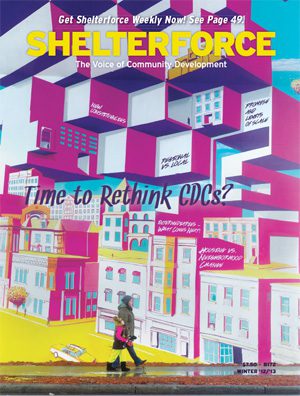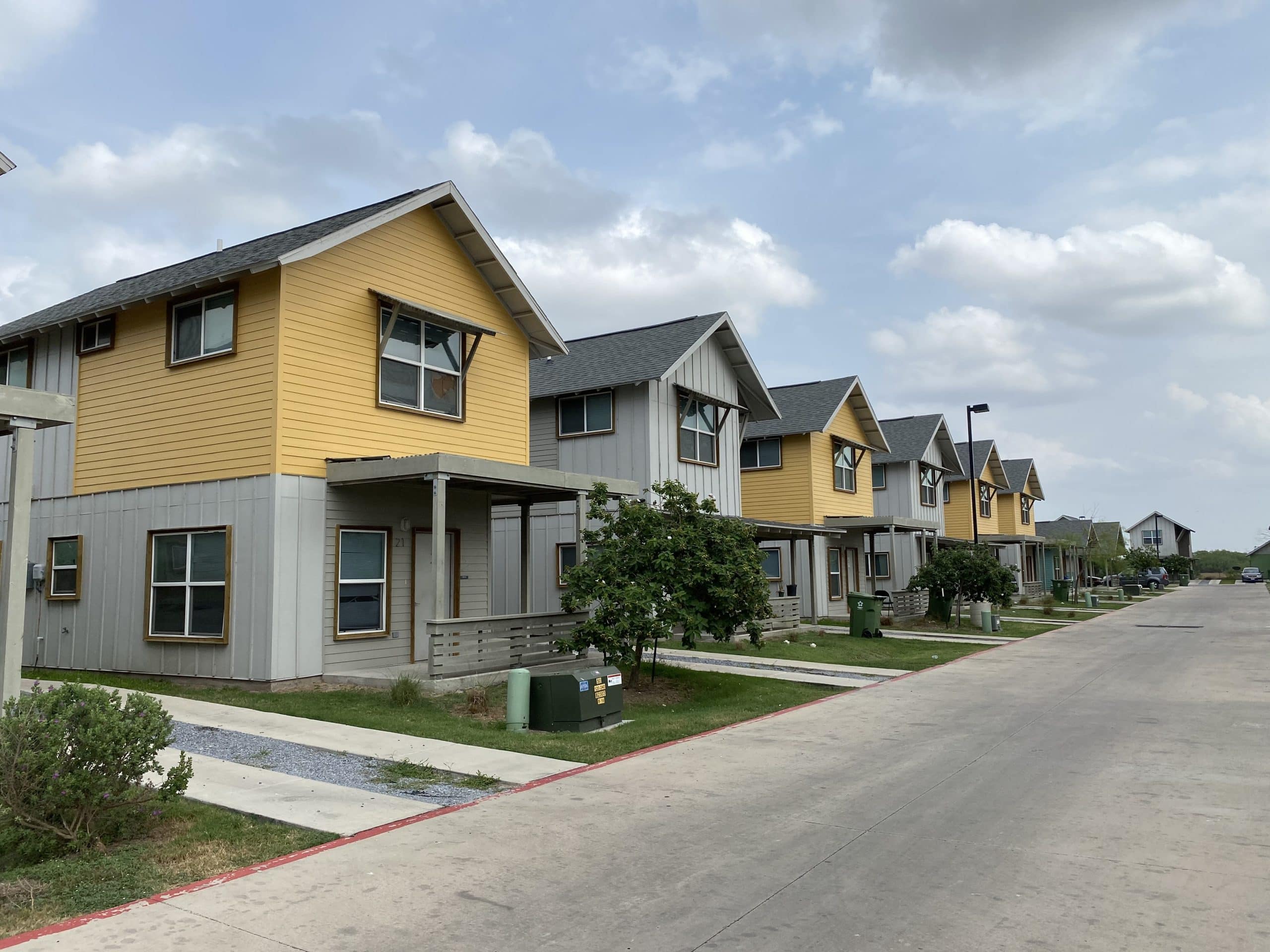
Admittedly, gnawing on the same topic every few years is neither as tragic as Prometheus being visited each morning by that pesky eagle, nor as farcical as Bill Murray stepping repeatedly into the same icy puddle on Groundhog Day. But any repetitive mental motion without productive result becomes an irritant, a sort of carpel tunnel of the mind.
What’s really painful, however, is not the redundancy of the debate but the predictability of its result. Because it’s not really a debate at all. The question isn’t posed as an innocent ice-breaker, a clever device for getting a group of strangers to begin talking to one another. Nor is it used for clarifying values or weighing options, where an either/or choice serves as a pedagogic prod for helping a group to clarify what is important or to evaluate what is possible in the forested land between extremes. The question is posed purely for the sake of pushing the group in a single direction, nearly always toward the goal of behaving more like an industry.
The discussion is seldom focused on the right way to go, in other words, but on the best way to get there. How is this clamorous gaggle of clinics, CDCs, CDFIs, CLTs, or some other grouping of community development organizations to be persuaded to set aside the messy trappings of a “movement” and to embrace the orderly structures, standards, and strictures of an “industry”?
That is not to say that we who find ourselves reliving these conversations have been duped into taking a journey much different than we had intended or that we necessarily disagree with the final destination. Sometimes we actually volunteer for these unpleasant sessions because we have come to see that the creative chaos of a “movement” may be getting in the way of the disciplined effort required to deliver quality care, to make to prudent loans, to produce affordable homes, or to revitalize a disinvested neighborhood. We have come to accept—sometimes reluctantly—the need for more structure, more standardization, more tightening of rules and regulations that protect the people we serve and improve the services we provide.
A periodic infusion of “industrial” thinking is merely the icy puddle into which all of us must periodically step if the work that we do and the organizations we build are to be expanded and sustained.
And yet, too many times that cautious step becomes a chilly plunge, facilitated by consultants, trainers, or executives pushing the proposition that our organizations can only prosper by jettisoning all remnants of the fertile seedbed out of which they grew. I believe that to be presumptuous and wrong. Taking on selected attributes of an industry does not require us to stop thinking and behaving like a movement, at least when it comes to commitments that keep us grounded and keep us open.
• An industry is guided by standards. A movement is rooted in values.
• An industry is exclusive, with barriers to entry that become higher over time. A movement is inclusive, with boundaries that are barely there.
• An industry becomes more uniform over time. A movement becomes more diverse.
• An industry is inoculated against passions and fads that flare up outside its walls. A movement is contagious, influencing institutions, individuals, and ideas beyond itself.
• An industry develops a leadership cadre that becomes increasingly stable, insular, and self-perpetuating. A movement is hydra-headed, with leaders that appear unpredictably on the periphery or arise unexpectedly out of the ranks.
• An industry is respectful and accommodative, seeking acceptance from financial, political, and institutional powers on which it depends for organizational support. A movement is feisty, irreverent, even combative, challenging accepted wisdom and conventional ways of delivering services and doing development.
Somebody’s thumb has usually been slyly slipped onto the scale whenever this question of industry versus movement comes under discussion. I’ve done the same in the bulleted list above, tilting the conversation slightly away from the industrial bias that rules the day.
But none of these either/or comparisons actually takes us very far. It’s a lazy man’s—or lazy woman’s—way of framing the question. The challenge before us is not how to make community development more of an industry, but how to do so carefully and consciously without sacrificing what makes our organizations different than those of the “other guys” in government and business.
Instead of any more pseudo-debates about whether we are an industry or a movement, let’s figure out how we can combine the best attributes of both. That’s a harder conversation to have, of course, with an outcome that is unpredictable and unclear. But it’s better than being chained to our chairs and pecked into insensibility by the same bloody question year after year.






Community development is a field with a mix of partners that make all kinds of language relevant in a search for common ground to move progress in neighborhoods and communities.
I agree with Katherine. It is a field of organizations that share some values (though often not the ones they think they share) and contest others, often in the hope of valorizing their own characteristics. This all becomes clear when you analyze populations of CDCs rather than a few model organizations. There are characteristics of movements and industry in community develoment—but that isn’t really surprising—most organizational fields have characteristics of both, even fields of for-profit firms.
Therefore, as an analytical question, this either/or isn’t that difficult. A far more interesting question is why community developers obsess about it. And I don’t say that to sound like a jerk, lots of nonprofit fields obsess about it and it isn’t really the fault of the people concerned. I would open by saying this is because of the tensions between value and interest in the nature of the 501©3 corporate organizational form. I tell students, organizations can manage this tension well or poorly, but they can’t solve it. Which is mostly to say that I agree with the conclusions of the post.
Thank you, thank you, John Davis. You expressed my sentiments much more articulately than I could have. I totally agree. I look at the attempts by the National Community Land Trust organization to become mainline, industrial, and am reminded of Einstein’s telling us that we can’t fix our problems with the mindset that created them. I want a movement, and am part of a movement. I don’t want to be like anyone else but who we are, a diverse, creative, community in motion!